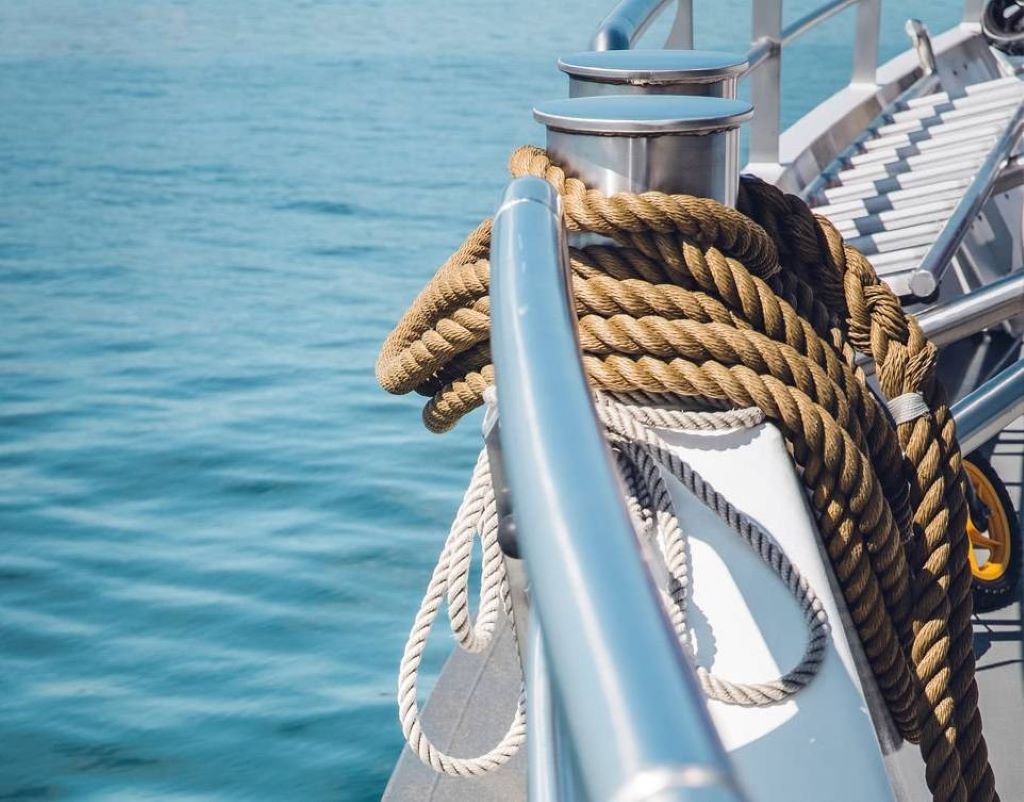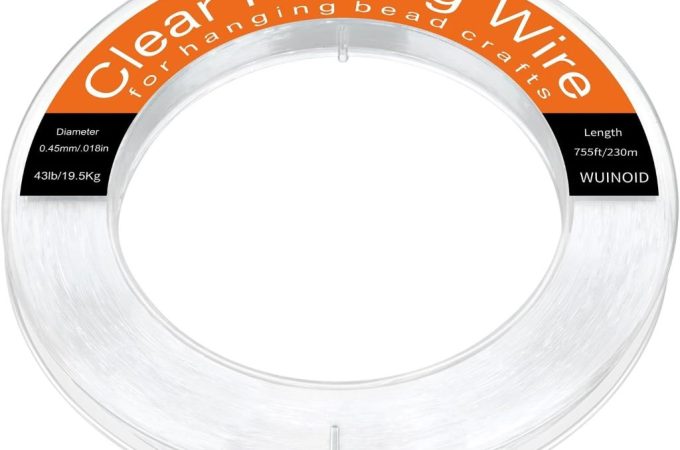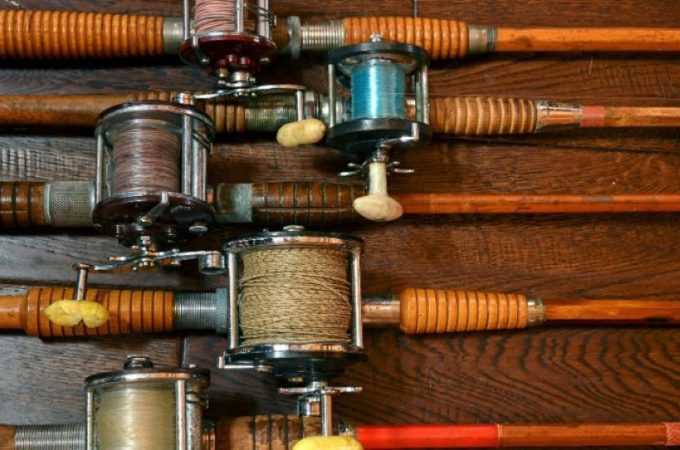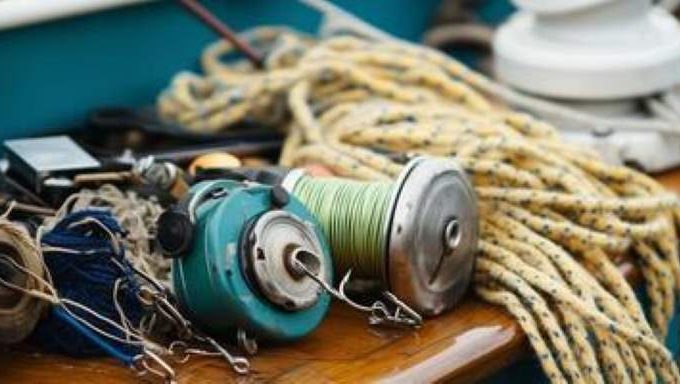
From Hemp to High-Tech: Ropes That Rule the High Seas
Picture this: a massive cargo ship battles towering waves in the North Atlantic. The only thing preventing disaster is a single rope, thinner than your thumb, yet stronger than steel chains. This isn’t science fiction—it’s maritime reality in 2025.
Contents at a Glance
ToggleThe evolution from hemp to high-tech represents one of the most dramatic transformations in marine equipment. Today’s synthetic ropes deliver performance that would have seemed impossible just decades ago. The synthetic fiber rope market is projected to surge from USD 2.5 billion in 2024 to USD 4.1 billion by 2033, expanding at a CAGR of 5.6%. This explosive growth reflects how modern vessels increasingly depend on advanced rope technology.
The Ancient Maritime Foundation
For thousands of years, natural fibers ruled the seas. Hemp rope dominated maritime applications because of its availability and workability. Sailors trusted hemp’s consistent performance in harsh ocean conditions. However, natural materials carried inherent limitations that modern shipping couldn’t accept.
Traditional hemp rope absorbed water, adding dangerous weight during storms. Additionally, natural fibers degraded rapidly under UV exposure and saltwater corrosion. These weaknesses created safety risks that cost lives and cargo. Therefore, the maritime industry desperately needed revolutionary alternatives.
Major end-user industries include agriculture (approximately 30 million units annually globally), construction (15 million units annually), marine applications (10 million units annually), and landscaping. The marine sector’s substantial demand drove innovation toward synthetic solutions.
Revolutionary Synthetic Materials Transform Shipping
The introduction of synthetic fibers revolutionized marine rope applications forever. Polyester emerged as the first widely adopted synthetic option for maritime use. Enduring against UV rays, as well as sea water and humidity, polyester is also very resistant to breakage. This durability addressed critical weaknesses of natural alternatives.
However, the real game-changer came with ultra-high molecular weight polyethylene (UHMWPE) development. Dyneema is the strongest rope material: 15 times stronger than steel. It is an ultra-high molecular weight polyethylene fiber that is the strongest but lightest rope fiber. This breakthrough delivered unprecedented strength-to-weight ratios.
Modern synthetic ropes offer remarkable advantages over traditional materials. They resist moisture absorption, maintaining consistent weight regardless of weather conditions. Furthermore, synthetic fibers demonstrate superior chemical resistance against marine environments. These properties make synthetic ropes indispensable for contemporary shipping operations.
Cutting-Edge Technologies Dominate Modern Maritime Operations
Today’s high-tech ropes incorporate advanced manufacturing techniques that maximize performance characteristics. Ultra High Molecular Weight Polyethylene (UHMWPE) rope, also known as Dyneema Rope, is produced with ultra-high molecular weight polyethylene fiber and high technology, it’s high strength, lightweight, and low elongation. These properties enable applications previously impossible with natural materials.
Dyneema ropes have up to 10 times the strength of steel on a weight-for-weight basis and are significantly stronger than nylon or polyester ropes. This exceptional strength enables smaller diameter ropes to handle massive loads. Consequently, ships can reduce deck space dedicated to rope storage while increasing operational capacity.
The manufacturing process involves precise fiber alignment and specialized braiding techniques. These methods create ropes that won’t rotate under load, preventing dangerous twisting during critical operations. Additionally, advanced coatings protect against UV radiation and abrasion wear. Dyneema® fiber floats on water and is extremely durable and resistant to moisture, UV light and chemicals.
Specialized Applications Drive Maritime Innovation
Different marine applications require specific rope characteristics that modern technology addresses effectively. Mooring lines demand maximum strength and minimal stretch to secure vessels safely. Rope made from Dyneema fibers serves various purposes, including offshore lifting, rigging, and applications requiring low-weight ropes with exceptional bending capacity.
Running rigging applications benefit from low-friction surfaces and precise diameter control. These features improve winch efficiency and reduce crew fatigue during sail handling. Moreover, lightweight construction enables faster line handling in emergency situations. Proceans Dyneema core ropes and Dyneema (UHMWPE) braided rope is more than 7 times stronger than traditional ropes.
Offshore operations utilize specialized high-tech ropes for deep-water applications. These ropes must withstand extreme pressures and temperature variations while maintaining structural integrity. Furthermore, they require predictable elongation characteristics for precise positioning systems. Advanced synthetic materials meet these demanding requirements consistently.

Economic Impact Reshapes Marine Industry
The transition from traditional to high-tech ropes creates significant economic implications across maritime sectors. Initial investment costs for synthetic ropes exceed natural alternatives substantially. However, extended service life and reduced maintenance requirements offset higher upfront expenses over time.
Insurance companies recognize the safety advantages of modern rope technology through reduced premium rates. Additionally, ports worldwide invest in upgraded handling equipment designed for high-strength synthetic lines. This infrastructure development supports the broader adoption of advanced rope systems.
Technology never stands still for very long, and that certainly is true of rope technology. It’s come a long way in recent years, and the pace of progress continues to accelerate. Continued innovation promises even more revolutionary developments in marine rope applications.
Environmental Considerations Shape Future Development
Modern rope manufacturing increasingly emphasizes environmental sustainability alongside performance characteristics. And it does all this with a 90%-lower carbon footprint than generic HMPE fiber. This environmental advantage supports maritime industry sustainability goals while maintaining operational excellence.
Recycling programs for synthetic ropes reduce waste streams and recover valuable materials for reprocessing. Additionally, longer service life reduces replacement frequency, minimizing environmental impact per application. These factors make high-tech ropes attractive options for environmentally conscious shipping companies.
However, end-of-life disposal remains challenging for synthetic materials compared to biodegradable natural fibers. Therefore, manufacturers develop improved recycling technologies and biodegradable synthetic alternatives. These innovations balance performance requirements with environmental responsibility effectively.
Future Innovations Promise Revolutionary Advances
Research continues developing next-generation rope technologies that push performance boundaries further. Smart ropes incorporating sensors monitor load conditions and predict maintenance requirements automatically. These systems prevent failures through predictive maintenance protocols rather than reactive repairs.
Nanotechnology integration enhances surface properties without compromising structural characteristics. Additionally, biomimetic designs inspired by natural structures improve efficiency and durability. These approaches combine traditional engineering principles with cutting-edge scientific discoveries.
The integration of artificial intelligence optimizes rope selection for specific applications automatically. Machine learning algorithms analyze operational data to recommend optimal configurations for particular vessels and routes. This technology democratizes access to expert rope selection knowledge across the maritime industry.
Featured Snippet: What makes modern marine ropes superior to traditional hemp?
Modern high-tech marine ropes dramatically outperform traditional hemp through advanced synthetic materials like Dyneema (UHMWPE). These synthetic ropes are 15 times stronger than steel while being 8 times lighter, don’t absorb water, resist UV degradation, and last significantly longer. Unlike hemp that weakens when wet and degrades in saltwater, synthetic ropes maintain consistent strength regardless of conditions. The synthetic fiber rope market is growing at 5.6% annually, reaching $4.1 billion by 2033, reflecting widespread adoption. While hemp costs less initially, synthetic ropes offer superior safety, reduced maintenance, and lower long-term costs. Modern manufacturing techniques create ropes that won’t twist under load and incorporate protective coatings against marine environments. This technological evolution from natural to synthetic materials represents one of maritime history’s most significant safety and performance improvements.
Frequently Asked Questions
- How much stronger are modern synthetic ropes compared to traditional materials? Modern Dyneema ropes are up to 15 times stronger than steel and 10 times stronger than traditional materials on a weight-for-weight basis. They’re also 7-8 times stronger than conventional marine ropes while being significantly lighter.
- Do high-tech marine ropes require special handling or storage? While synthetic ropes are more durable, they require protection from sharp edges and extreme heat. They should be stored away from direct sunlight when possible, though modern UV coatings provide excellent protection during use.
- What’s the typical lifespan of synthetic marine ropes versus hemp? High-quality synthetic ropes can last 5-10 years or more with proper care, compared to 1-3 years for hemp ropes in marine environments. The exact lifespan depends on usage intensity and environmental conditions.
- Are synthetic marine ropes environmentally friendly? Modern synthetic ropes like Dyneema have a 90% lower carbon footprint than generic alternatives. While they’re not biodegradable like hemp, their longer lifespan and recyclability reduce overall environmental impact.
- How do synthetic ropes perform in extreme weather conditions? Synthetic ropes excel in extreme conditions, maintaining strength and flexibility in temperatures from -40°C to 70°C. They don’t absorb water, preventing dangerous weight increases during storms.
- What’s the cost difference between traditional and high-tech marine ropes? Synthetic ropes cost 3-5 times more initially than hemp alternatives. However, their extended lifespan, reduced maintenance, and improved safety often result in lower total cost of ownership.
- Can existing marine equipment handle high-strength synthetic ropes? Most modern marine equipment works with synthetic ropes, though some older winches and cleats may require upgrades. The smaller diameter of high-strength synthetic ropes often improves compatibility with existing hardware.
Final Thought
The transformation from hemp to high-tech represents more than technological progress—it’s a maritime safety revolution. Today’s synthetic ropes don’t just perform better; they save lives, protect cargo, and enable operations impossible with traditional materials. As the industry continues evolving toward smarter, stronger, and more sustainable solutions, one thing remains clear: the future of maritime operations depends on embracing these revolutionary rope technologies.
Ready to upgrade your marine operations? Contact rope specialists today to discover how high-tech synthetic ropes can transform your vessel’s safety and performance. Don’t let outdated equipment compromise your maritime success—invest in the rope technology that rules the high seas.
Read More:





